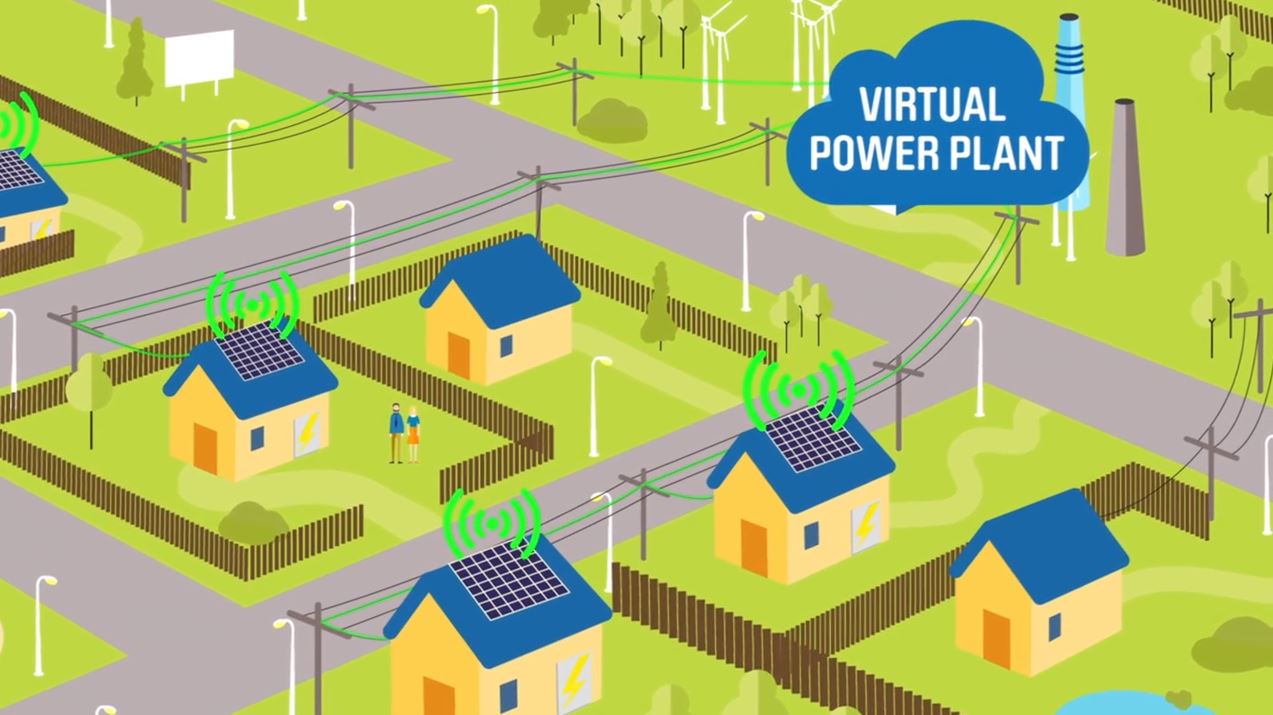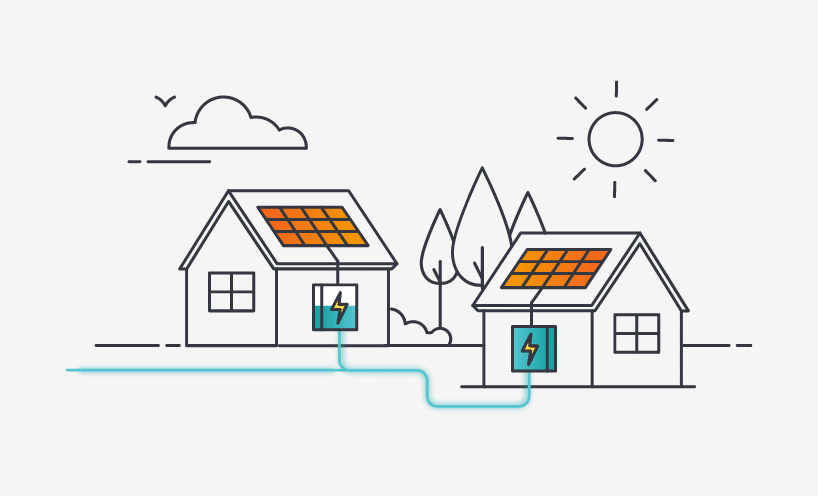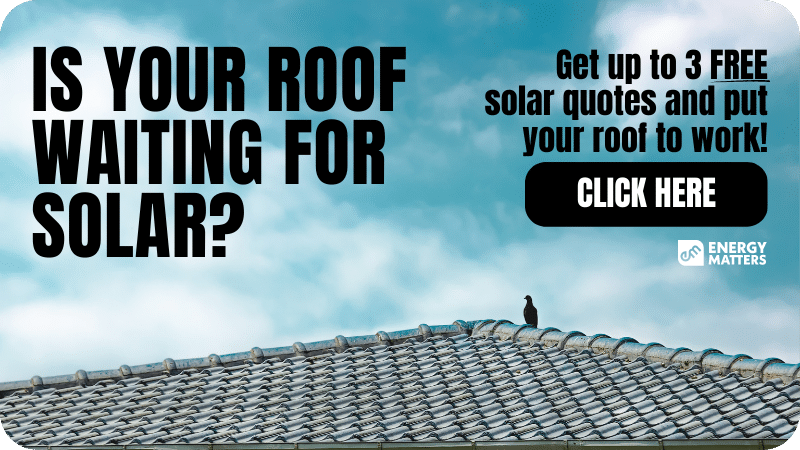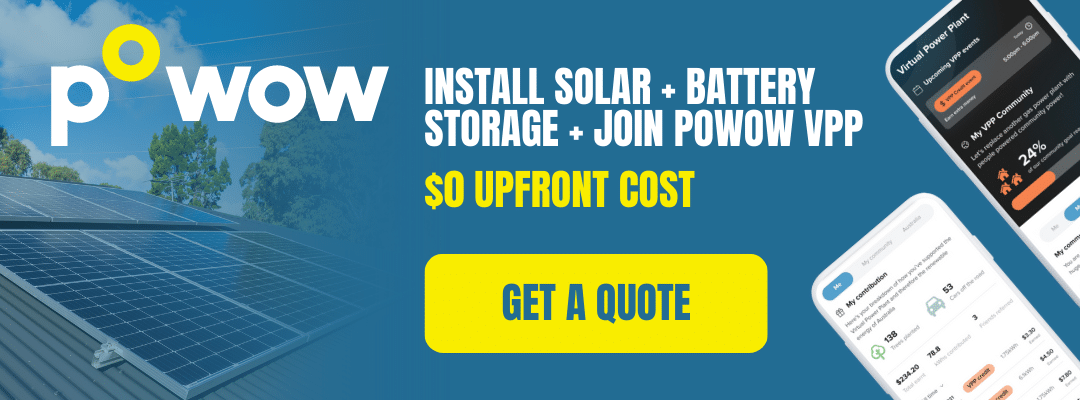
On this page
The Australian government has been actively promoting the integration of renewable energy sources into the country’s power system. To achieve this goal, virtual power plants (VPPs) and smart grid technologies are being increasingly deployed in the country’s energy sector.
Energy Matters has been a leader in the renewable energy industry since 2005 and has helped over 40,000 Australian households in their journey to energy independence.
Let us discuss and choose the best quote that suits your needs and budget, and we can connect you with our trusted local installers, who will provide up to 3 FREE solar quotes for your home and business solar energy system. Get your free quotes today!
Virtual power plants
A virtual power plant is a network of distributed energy resources (DERs) that are aggregated and controlled as a single entity to provide grid services. DERs can include rooftop solar panels, wind turbines, battery storage systems, electric vehicles, and other forms of distributed generation.
In Australia, VPPs are being deployed to manage the intermittency of renewable energy sources such as solar and wind power. By aggregating DERs, VPPs can provide grid stability services such as frequency regulation and demand response.
One example of a VPP in Australia is the Tesla Virtual Power Plant. This project involves installing solar panels and battery storage systems in 50,000 South Australian homes. The VPP aggregates the energy storage capacity of these homes and provides grid stability services to the South Australian electricity market.
Smart grid technologies
Smart grid technologies are a crucial component of Australia’s energy transition. These technologies include advanced metering infrastructure (AMI), distribution automation, and grid-edge intelligence.
AMI is a system of smart meters that provides real-time data on energy usage. Utilities can better manage demand and reduce energy waste by monitoring energy usage in real time. AMI also allows for more accurate billing, as customers are billed based on their actual energy usage rather than an estimate.
Distribution automation involves using sensors and control systems to monitor and manage the distribution grid. This technology can help utilities detect and respond to outages more quickly, reducing customer downtime.
Grid-edge intelligence involves using advanced analytics and machine learning to optimise the performance of DERs. By analysing data from distributed energy resources, utilities can better manage the grid and ensure a reliable and cost-effective supply of electricity.
Relationship between VPPs and smart grid technologies
VPPs and smart grid technologies are complementary to each other. VPPs rely on smart grid technologies to operate effectively. For example, the Tesla Virtual Power Plant uses AMI data to forecast energy demand and manage the charging and discharging of the battery systems.
Similarly, smart grid technologies rely on VPPs to provide grid services. VPPs can provide demand response services to help utilities manage peak demand periods. This reduces the need for utilities to build additional capacity to meet peak demand, resulting in cost savings for both utilities and customers.
Virtual power plants and smart grid technologies are increasingly important in Australia’s energy transition. By aggregating distributed energy resources and deploying advanced analytics and control systems, VPPs and smart grid technologies are helping to integrate renewable energy sources into the power system and ensure a reliable and cost-effective supply of electricity.
The role of virtual power plants in integrating renewable energy
One of the biggest challenges of integrating renewable energy sources into the grid is their intermittency. Solar panels and wind turbines generate electricity only when the sun shines, or the wind blows; their output is unpredictable and variable. This makes it difficult to balance supply and demand and ensure grid stability.
VPPs can help address this challenge by aggregating multiple distributed energy resources into a single, controllable entity. The VPP software can monitor each resource’s energy production and consumption and optimise their operation in real time. For example, if there is excess solar generation in one part of the VPP, the software can divert that energy to a different part of the VPP that needs more energy.
The VPP can also use energy storage systems such as batteries to store excess renewable energy and use it when needed. This helps to ensure a stable and reliable energy supply to the grid, even during periods of low solar or wind generation.
The benefits of virtual power plants
Virtual power plants offer several benefits for both utilities and consumers. For utilities, VPPs can help to reduce the need for new power plants and grid infrastructure investments. VPPs can also help utilities to meet renewable energy targets and reduce their carbon footprint.
For consumers, VPPs can help to lower energy bills and increase energy independence. Consumers who generate their own renewable energy, such as through rooftop solar panels, can sell excess energy to the VPP and earn income. Consumers can also use the VPP to manage their energy consumption and reduce their reliance on the grid.

Challenges and future of virtual power plants
While virtual power plants offer many benefits, there are also several challenges to their widespread adoption. One of the biggest challenges is regulatory and market barriers. Many existing regulations and market structures are designed for centralised power generation, and VPPs may face regulatory and market barriers that prevent them from fully participating in the energy market.
Another challenge is the need for advanced software and communication infrastructure to manage the VPPs. The success of VPPs will depend on the availability of reliable and secure communication networks and advanced software that can manage the VPPs in real time.
Despite these challenges, the future of virtual power plants looks promising. According to a report by Navigant Research, the global VPP capacity is expected to reach 430 GW by 2026, up from 4.3 GW in 2016. As renewable energy sources continue to gain momentum, VPPs will play a crucial role in integrating and managing these sources into the grid.
Still can’t afford to switch to solar power?
Are you considering getting solar panels but are currently short on funds? You can still invest wisely, and Energy Matters can help you.
Powow and Energy Matters have teamed up to provide consumers with an alternative to switching to solar power and battery storage.
The biggest obstacle to installing solar and battery storage is typically finance. With Powow’s PPA and VPP, our customers will have a $0 upfront option and financial stability in the uncertain energy market.
Get up to 3 obligation-free solar quotes by getting in touch with us right away. Find out what payment plan options suit your needs and budget!
Check out our page for Powow: Power Purchase Agreement (PPA) and Virtual Power Plant (VPP).












































